The Beauty Edit: 6 aesthetic treatments trending in Pakistan
Aesthetic treatments to try right now
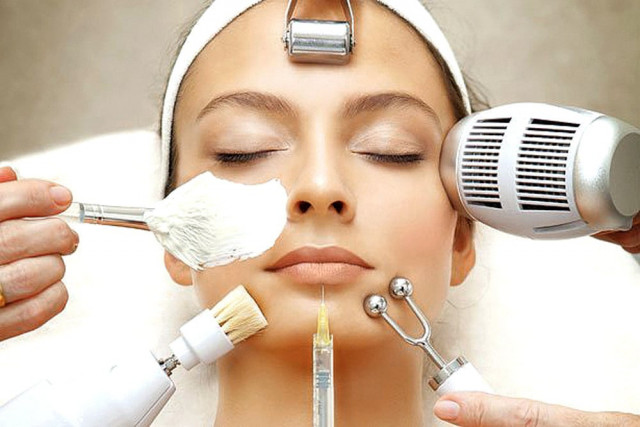
If your skin has started experiencing fine lines, age spots, acne scars or other issues you would like to clear up then cosmetic treatments may help improve your skin texture. Some cosmetologists and aestheticians use heat to trigger collagen production while others fill in wrinkles or work like sandpaper to smooth imperfections. These treatments are less invasive than surgery. They often need little recovery time, but their cost and how well they work varies. The popularity of all these treatments are rising day by day and we bring you some of the most common and popular treatments available in Pakistan.

Prp Skin Resurfacing
Platelet rich-plasma is also used on the skin. The use of PRP with small amounts of additives, like neuromodulators and hyaluronic acid, delivered with micro needles chambers to provide mesotherapy to the superficial structures of the skin can provide complexion improvements that were only previously seen with laser resurfacing. They keep the skin in great condition, boost everything from collagen to brightness while tackling visible imperfections like pigmentation, red veins and inflamed skin. This treatment is quite popular and is also being used for hair growth.
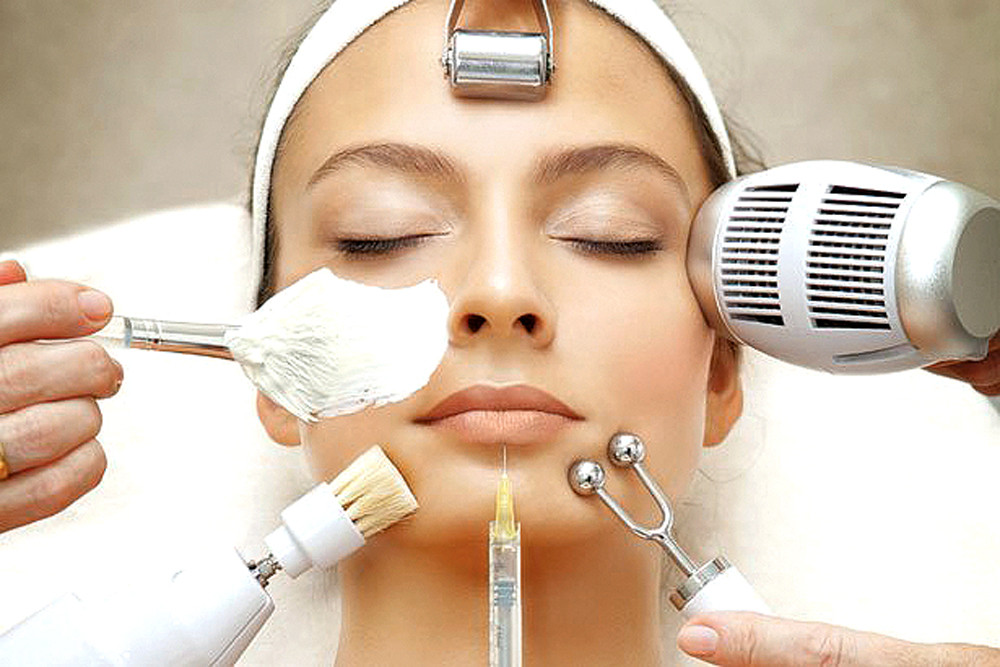
Chemical Peel
Chemical peels treat wrinkles, acne scars, rough skin, age spots, and freckles. Treatment involves applying a chemical solution to remove damaged skin. Chemical peels range from mild to deep. The best type for you depends on the severity of your skin problems. Mild peels use alpha-hydroxy acids. Medium peels use trichloroacetic acid. Both reduce fine lines and acne. Phenol treats deeper scars and wrinkles. It produces more dramatic results than medium or mild peels, but recovery times are longer. Results of a deep chemical peel can last up to 10 years.
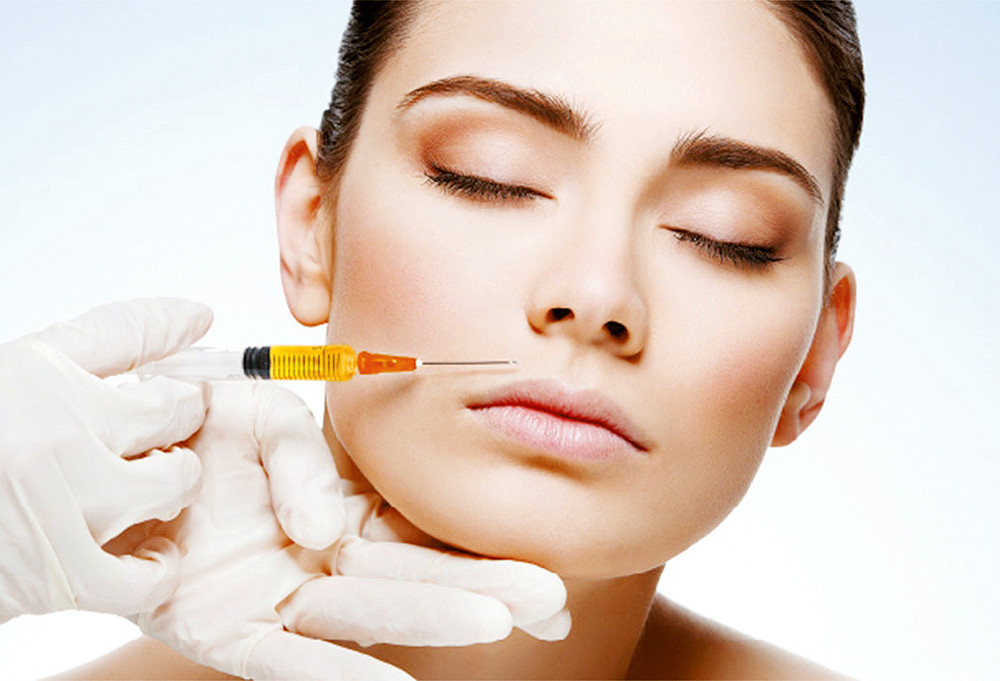
Botox Injections
Botox is made from the bacterium that causes botulism. Doctors use a very thin needle to inject small amounts of Botox into muscles in the face—just enough to reduce the appearance of lines and wrinkles. Botox paralyzes the muscles or blocks certain nerves. Doctors target specific muscles so the surrounding skin isn’t affected. The number of injections depends on the severity of your wrinkles. The procedure takes about 15 minutes and does not require anesthesia or recovery time. Results usually last several months.
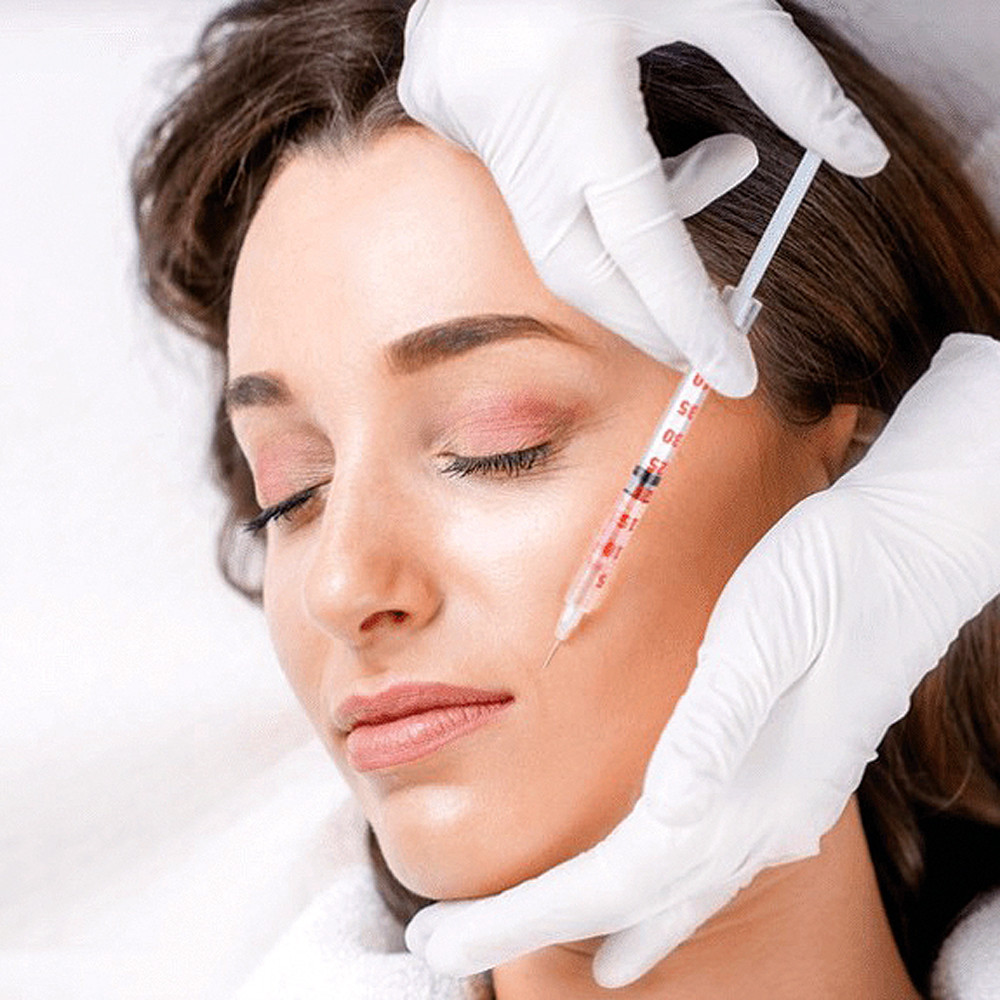
Dermal Fillers
This procedure involves injecting fillers into the skin. Fillers can plump up lips or cheeks. They can also soften creases, deep folds, and wrinkles. The injections generally produce immediate results. Dermal fillers approved by the U.S. Food and Drug Administration include hyaluronic acid, restylane, calcium hydroxylapatite, and synthetic polylactic acid. Some doctors also use your own fat as filler. This requires liposuction to obtain the fat. Most dermal fillers are temporary and dissolve in 6 to 18 months though PMMA (polymethylmethacrylate) is a semi-permanent filler. Fillers are again very common especially for under eye bags, crow feet and fine lines anywhere on the face.
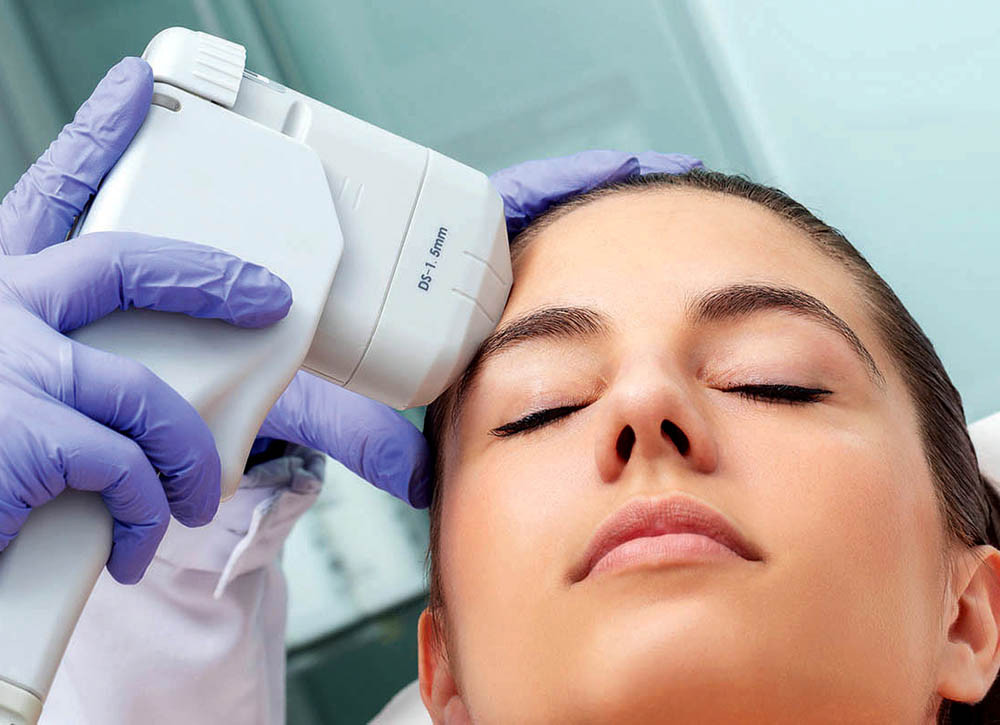
HIFU
High-intensity focused ultrasound (HIFU) is a relatively new cosmetic treatment for skin tightening that some consider a noninvasive and painless replacement for face lifts. It uses ultrasound energy to encourage the production of collagen, which results in firmer skin. HIFU is most widely known for its use in treating tumors. HIFU was later approved by the Food and Drug Administration (FDA) in 2009 for brow lifts. The device was also cleared by the FDA in 2014 to improve lines and wrinkles of the upper chest and neckline (décolletage). Several small clinical trials have found HIFU to be safe and effective for facial lifting and refining wrinkles. People were able to see results in a few months after treatment, without the risks associated with surgery.
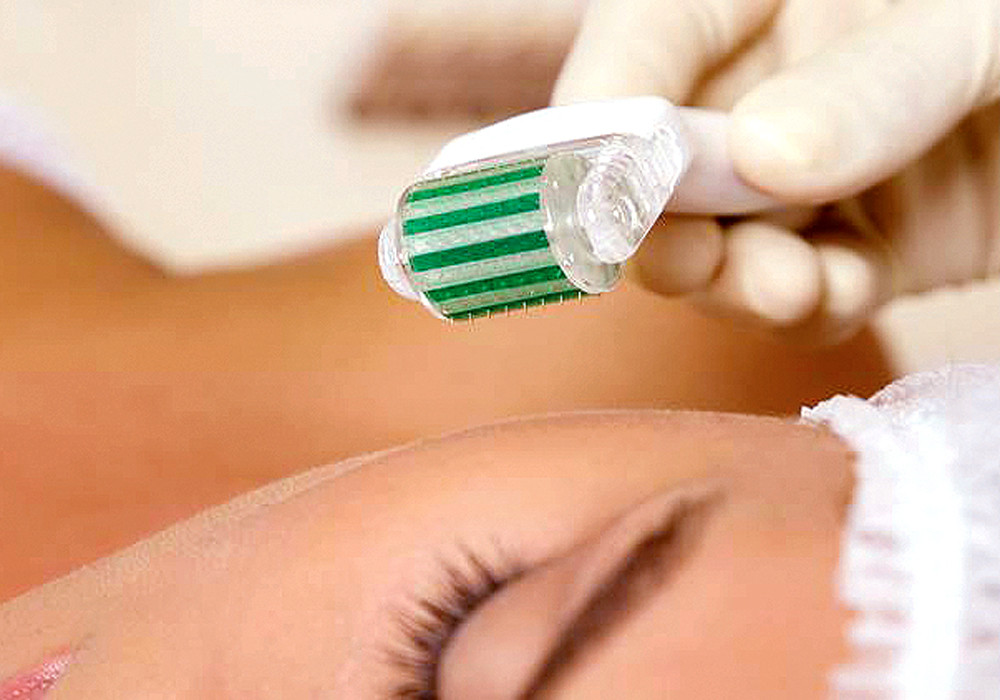
Laser Skin Resurfacing
Laser skin resurfacing uses short, pulsating beams of light to treat wrinkles, uneven skin tone, age spots, and scars. It removes the outer layer of skin while heating up deeper layers. This triggers the production of collagen, which helps the skin look smoother and firmer. An ablative laser targets deep wrinkles or scars. A non-ablative laser treats early signs of aging. Ablative lasers produce faster results, but recovery is longer. A non-ablative, fractional laser works like an ablative laser but can reduce discomfort and recovery time. Side effects include redness and sensitivity to sunlight for several months. Results can last for years.



















COMMENTS
Comments are moderated and generally will be posted if they are on-topic and not abusive.
For more information, please see our Comments FAQ